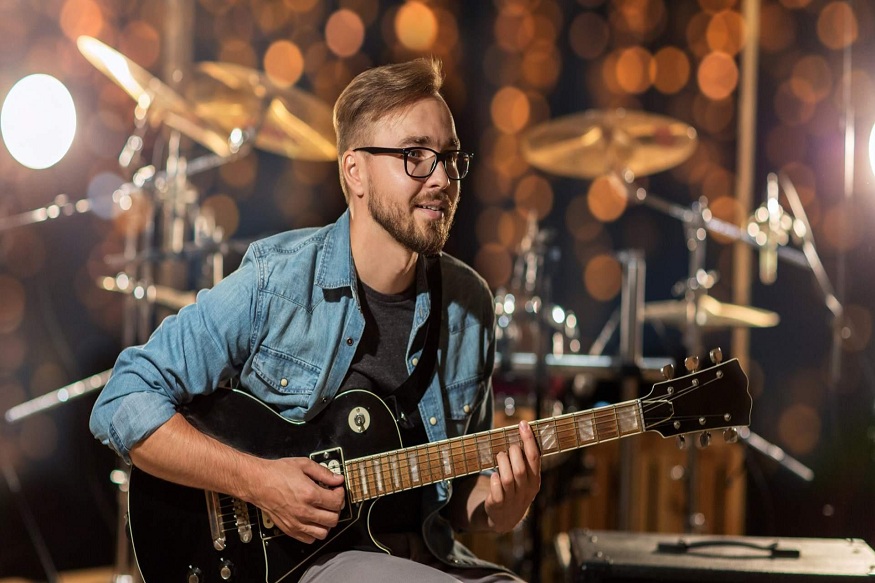In a world where music is both an auditory and visual experience, music artist photos play an essential role in defining an artist’s identity, legacy, and connection with fans. From carefully styled promotional shoots to spontaneous concert snapshots, these images do more than capture faces—they encapsulate stories, emotion, and eras in music history.
Some of these photographs go beyond marketing or press materials—they become legendary. These are the iconic music photos that stand the test of time, permanently etched into the cultural consciousness. They tell the story of not just a performer, but a generation, a movement, or a pivotal moment in music history.
Why Music Artist Photos Matter
Photographs of musicians serve many purposes in today’s visual-driven world. They’re used for everything from album artwork and social media profiles to magazine covers, interviews, and fan engagement campaigns. But their importance runs much deeper than publicity.
Here’s what makes music artist photos so vital:
- Visual Identity: A single image can define an artist’s brand—moody and introspective, flashy and bold, minimalist and raw.
- Audience Connection: Fans want to feel close to the music. Seeing a photo of their favorite artist, especially in a candid or emotional moment, builds intimacy.
- Memorability: A great photo helps an artist stand out in a crowded industry. It becomes part of their signature aesthetic.
- Documentation: These photos capture milestones—from debut performances to sold-out world tours—and help preserve a musician’s journey.
Whether taken in a high-end studio or on stage under flashing lights, each photograph contributes to the larger narrative of an artist’s life and work.
The Making of Iconic Music Photos
Iconic music photos are more than well-composed images—they’re cultural time capsules. They freeze extraordinary moments in the careers of musicians and reflect broader societal moods, revolutions, and aesthetic trends.
What makes a music photo “iconic”? Often, it’s a combination of timing, emotion, artistry, and historical relevance. Think of images that are instantly recognizable, such as a singer’s expressive silhouette under stage lights or a still shot from a legendary festival. These images:
- Symbolize an era (e.g., punk, hip-hop, grunge)
- Capture a unique personal expression (joy, rebellion, sorrow, triumph)
- Feature unforgettable outfits, locations, or interactions
- Spread widely through album covers, posters, and magazines
Iconic images also resonate because they feel honest. Whether posed or candid, they reveal something essential about the artist—and, by extension, about us.
Behind the Lens: The Photographer’s Role
Behind every great music artist photo is a photographer with a vision. Music photographers need more than technical skill—they need emotional intuition, the ability to read a room, and the foresight to press the shutter at the exact moment that matters.
There are several photography styles that contribute to building an artist’s portfolio:
- Studio Portraits: Often used for promotional campaigns and album artwork, these images are carefully composed, styled, and lit to reflect the artist’s personal brand.
- Live Performance Shots: Capturing the energy of a performance in real time, these photos are dynamic, spontaneous, and emotionally charged.
- Behind-the-Scenes Candids: These offer intimate glimpses into the creative process—recording sessions, backstage moments, or everyday life.
- Editorial & Conceptual Shoots: Artistic photos created for magazines, visual projects, or to tell a thematic story through imagery.
Each type plays a role in shaping how an artist is seenand remembered.
The Evolution of Music Photography in the Digital Era
In the digital age, music artist photos are more visible than ever. From Instagram posts to TikTok thumbnails and YouTube banners, today’s artists rely heavily on visuals to communicate their image and engage with audiences.
Photographers now use a wide range of tools—from high-resolution DSLRs to smartphones and drone cameras—to create standout visuals. Post-production techniques, including color grading and retouching, add layers of atmosphere and artistry.
At the same time, digital platforms are breathing new life into iconic music photos. Archival images from past decades are being rediscovered, recontextualized, and shared by new generations of fans, reminding us how deeply these visuals shape music culture.
How to Create Timeless Music Photos
If you’re an artist or a photographer looking to create powerful, lasting images, consider the following:
- Tell a Story: What does this photo say about the artist’s journey or message?
- Capture Emotion: Facial expression and body language can convey more than lyrics.
- Focus on Authenticity: Some of the most memorable photos come from unscripted moments.
- Use Creative Lighting and Composition: Visual techniques help a photo stand out.
- Think Beyond the Trend: Classic styles often have the most staying power.
Whether the goal is to go viral or become iconic decades later, the foundation is always the same—meaningful, memorable imagery.
From candid black-and-white snapshots to vibrant concert portraits, music artist photos help us feel the heartbeat of music through our eyes. They remind us that music isn’t just heard—it’s seen, remembered, and felt through images that reflect the soul of the artist.
And when those images resonate on a deeper level—when they capture a movement, a feeling, or an unforgettable performance—they become iconic music photos that leave a permanent mark on music history.
Whether you’re scrolling through an artist’s latest social post or flipping through a vintage vinyl’s liner notes, remember: the photograph might be silent, but it speaks volumes.

